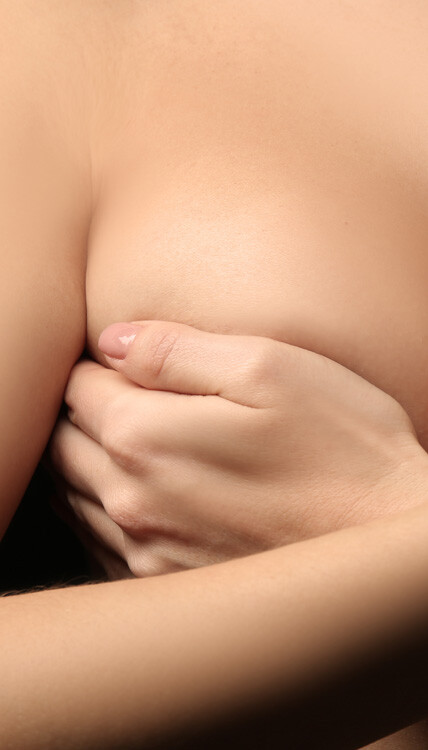Key Takeaways:
- Forever Young BBL is a non-surgical, laser therapy that can be used to address signs of skin aging, such as wrinkles and fine lines, and pigmentation issues like age spots and melasma.
- The laser energy penetrates deep into the skin, stimulating the body to naturally regenerate healthy, new skin.
- It is a fast, easy, and natural treatment with no needles or knives that delivers immediate and long-lasting results, with no downtime required.”
 As your skin changes with age, it becomes thinner, loses fat, and becomes dry, rough, and itchy. It also loses elastin and collagen, becomes slack, and hangs loosely. Plus, it becomes more fragile, easily bruised, and prone to skin lesions, age spots, wrinkles, and fine lines.
As your skin changes with age, it becomes thinner, loses fat, and becomes dry, rough, and itchy. It also loses elastin and collagen, becomes slack, and hangs loosely. Plus, it becomes more fragile, easily bruised, and prone to skin lesions, age spots, wrinkles, and fine lines.
Are you struggling with signs of aging skin and would like to restore a clearer, smoother skin complexion in a natural, non-surgical way?
If so, then Forever Young BBL is a perfect option for you.
What is Forever Young BBL?
It is an innovative, non-surgical rejuvenation procedure that uses the Sciton Joule BroadBand Light (BBL) System to deliver laser therapy. The laser energy penetrates deep into the skin surface, where it changes the expression of genes linked to aging and stimulates the body to naturally regenerate healthy, new skin.
Forever Young BroadBand Light (BBL) has the double benefit of stimulating the skin’s ability to reverse existing damage and to prevent occurrence of new damage. The procedure can be used to revive skin of the face, chest, neck, arms, back of the hands, and other parts of the body. It addresses some of the most common patient skin concerns, such as sagging skin, wrinkles, and fine lines.
How does Forever Young BBL work?
Forever Young BroadBand Light (BBL) produces and directs mild light energy to the upper layers of the skin. The laser energy is absorbed by skin cells, which are in turn stimulated to produce new collagen and elastin fibers.
With more collagen and elastin being produced, the natural beauty of the skin is restored, making the skin appear naturally toned, even, and smooth, glowing, and rejuvenated.
Also, the photo-thermal energy eliminates fine blood vessels responsible for redness, and reduces excess melanin that causes pigmentation changes and discoloration.
During the procedure, your eyes are protected with special glasses or shields. Then, laser energy from the machine is directed to the treated areas of the face. You’ll feel some warmth or a slight burning sensation as the light is absorbed by the skin. The procedure takes 30-45 minutes, depending on the treatment area. Local anesthesia is not necessary, but anesthetic cream may need to be applied on the more sensitive areas.
What are the benefits of Forever Young BBL?
- It is a fast, easy, non-invasive procedure that uses the power of light to penetrate layers of the skin and destroy damaged or unwanted cells—no needles or knives.
- It gives immediate and dramatic results that last 10 years or longer.
- It is a natural, chemical-free treatment that stimulates the skin to protect and heal itself without drugs and chemicals.
- It triggers production of elastin and collagen, which restore skin structure, strength, and resilience, and brings back natural plumpness and tightness.
- It stimulates skin cell renewal, which in turn rejuvenates the skin, brightens tone, shrinks pores, and smoothes out wrinkles.
- It eradicates pigmentation problems by targeting and heating the source to the point of destruction, removing age spots, dark patches, rosy cheeks, freckles, redness, broken blood vessels, and melasma.
- It rids the skin of acne by neutralizing bacteria, clearing out pores, and controlling oil production.
- It permanently eliminates unwanted hair by destroying the follicles under the skin.
- It requires no anesthesia and has no downtime—only mild redness and dark spots may occur, which clear within a couple of days.
- It is an excellent preventive therapy that delays the signs of aging.
What can you expect after your Forever Young BBL treatment?
After treatment, you leave your doctor’s office with a mild red, flushed appearance, which goes away within a few hours. In the case of a highly pigmented skin, the treated pigmented areas may appear darker, but will brighten, fade, and flake off within 1-2 weeks.
You should be able to return to work, apply makeup, and resume your routine immediately after the procedure. Also, because your skin will be more sensitive to ultraviolet light, avoid direct exposure to the sun until the skin heals. Use sunscreen whenever you are outdoors.
At Politis Plastic Surgery, we have a full line of treatments to help you achieve a more youthful appearance. We offer the Forever Young BroadBand Laser (BBL) treatment to address several facial concerns at once and deliver significant age-defying results and a clearer, more even complexion.
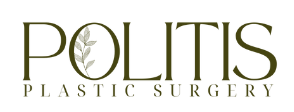
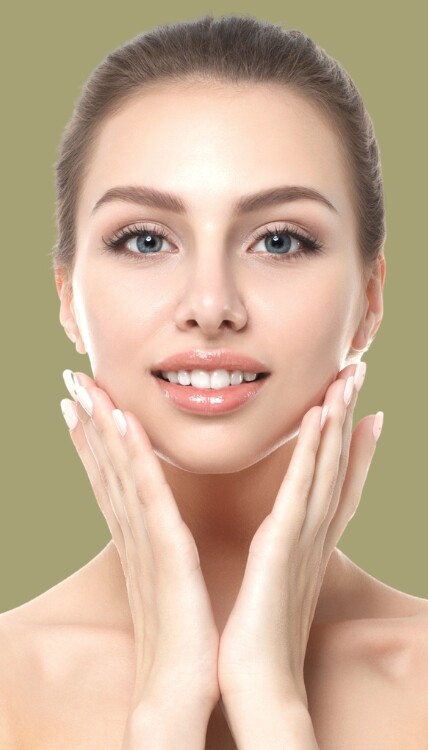

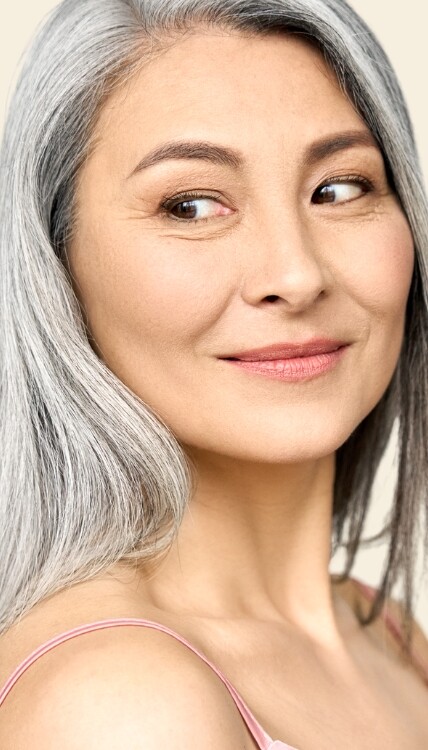
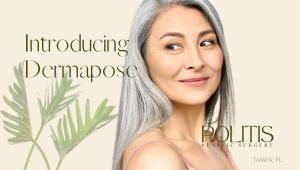 Micro fat transfer is a skin rejuvenation procedure that involves harvesting fat from elsewhere in the body and injecting it into the face to plump out lines, wrinkles, and other signs of aging. It uses a
Micro fat transfer is a skin rejuvenation procedure that involves harvesting fat from elsewhere in the body and injecting it into the face to plump out lines, wrinkles, and other signs of aging. It uses a 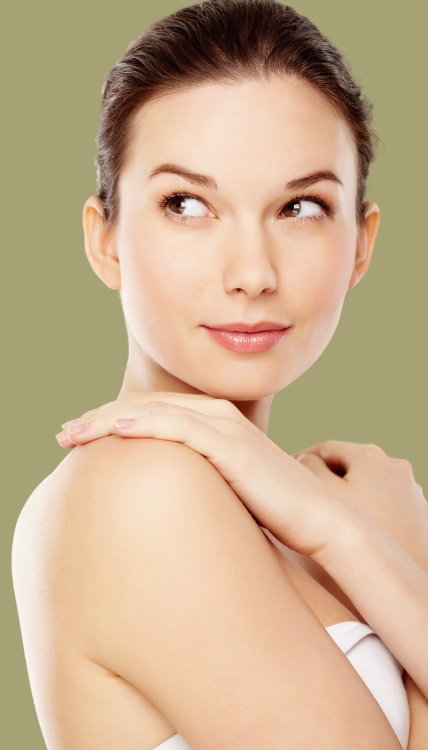
 ERAS stands for Enhanced Recovery After Surgery.
ERAS stands for Enhanced Recovery After Surgery. 

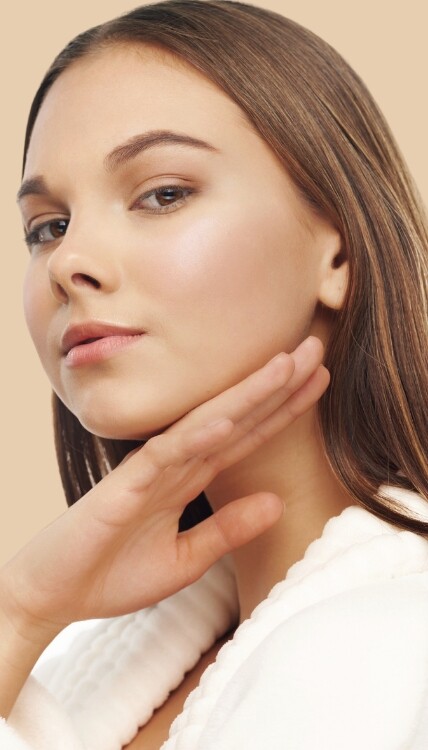
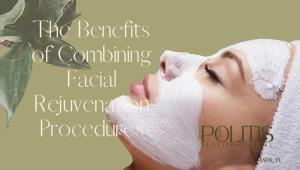 Facial cosmetic surgery: Benefits of having more than one procedure at the same time
Facial cosmetic surgery: Benefits of having more than one procedure at the same time
 As a woman, your breasts are an integral part of your overall appearance. And whether they are small or large, perky or not, their appearance can cause a feeling that impacts all areas of your life.
As a woman, your breasts are an integral part of your overall appearance. And whether they are small or large, perky or not, their appearance can cause a feeling that impacts all areas of your life. 
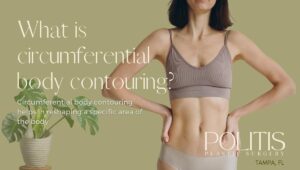 Circumferential body contouring is a surgical procedure to remove excess loose skin, tissue, and
Circumferential body contouring is a surgical procedure to remove excess loose skin, tissue, and 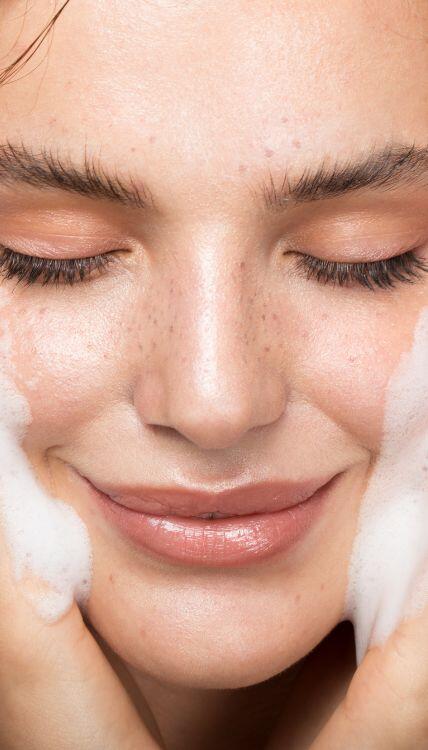
 No matter your skin type—dry, oily or sensitive—a daily skin care routine can help you maintain overall skin health and improve specific concerns like scarring, acne, and dark spots.
No matter your skin type—dry, oily or sensitive—a daily skin care routine can help you maintain overall skin health and improve specific concerns like scarring, acne, and dark spots.